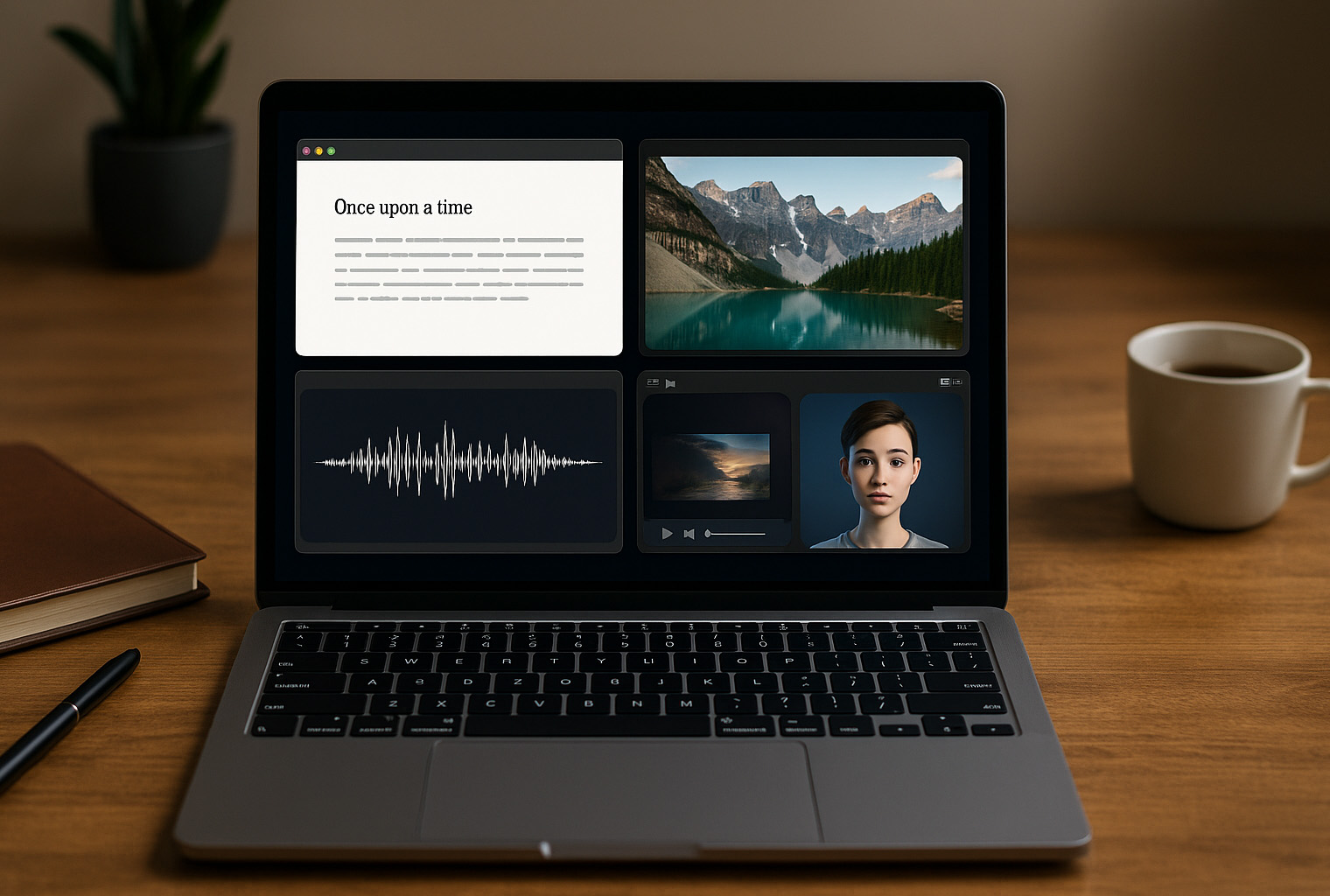Artificial intelligence and creativity: cooperation or conflict?
In the era of the digital revolution, artificial intelligence is playing an increasingly important role in many aspects of our lives, including art and creativity. So how do AI and human creativity intersect and what does this mean for the future of the arts?

At a time of incredible technological advances, artificial intelligence (AI) is at the forefront of a revolution in many industries. Many questions arise about the role of AI in creativity and the arts. Is AI a companion that enables artists to reach new heights, or is it a competitor that overshadows human creativity?
Creativity through the prism of technology
AI has the potential to expand the boundaries of what is possible in the realm of creativity. For example, algorithms can analyse vast amounts of data and create music, paintings or literature in the style of famous artists. This can serve as inspiration for artists looking for new directions.
Conflict between machine and man
On the other hand, AI can be perceived as a threat. If machines create art, are we losing the human touch that makes art unique? Critics argue that AI-created art may lack the depth, emotion and context that only a human can provide.
AI as a tool, not as an artist
Perhaps we should start to see AI as a tool rather than an independent creator. Just as a painter uses a paintbrush to create a painting, an artist can use AI to expand his or her range of expression. In this context, AI is a partner in the creative process, not a substitute.
The future of AI and creativity
How the technology develops will depend on how we use it. As long as we see it as a tool that complements us, we can expect AI to play an increasing role in the creative process. However, if we see it as a competitor, we may find ourselves in a situation where humans and machines try to outdo each other.
Conclusion
Artificial intelligence can be both a collaborator and a competitor in the field of creativity. It is up to us to determine what kind of relationship we want to have with it. While it may be tempting to see AI as a threat, we should recognize its potential as a tool that can enrich our creativity.
Working hand in hand with AI, we can achieve incredible things while preserving the uniqueness and depth of human creativity.
This article was created by Vaibe.ai artificial intelligence.





